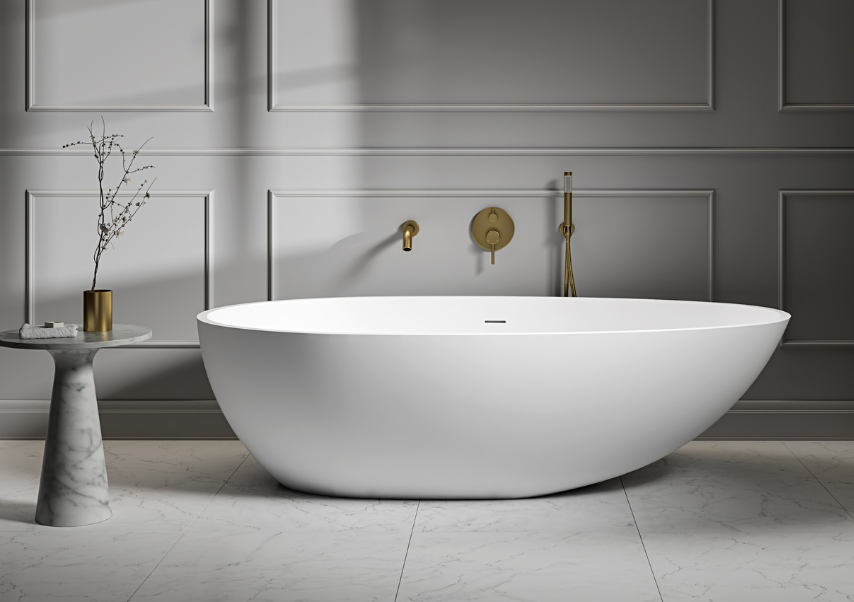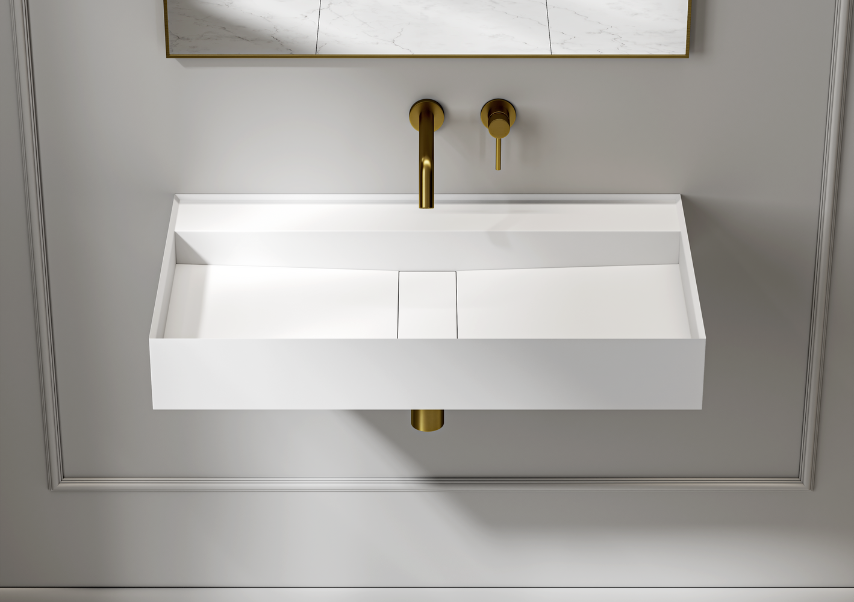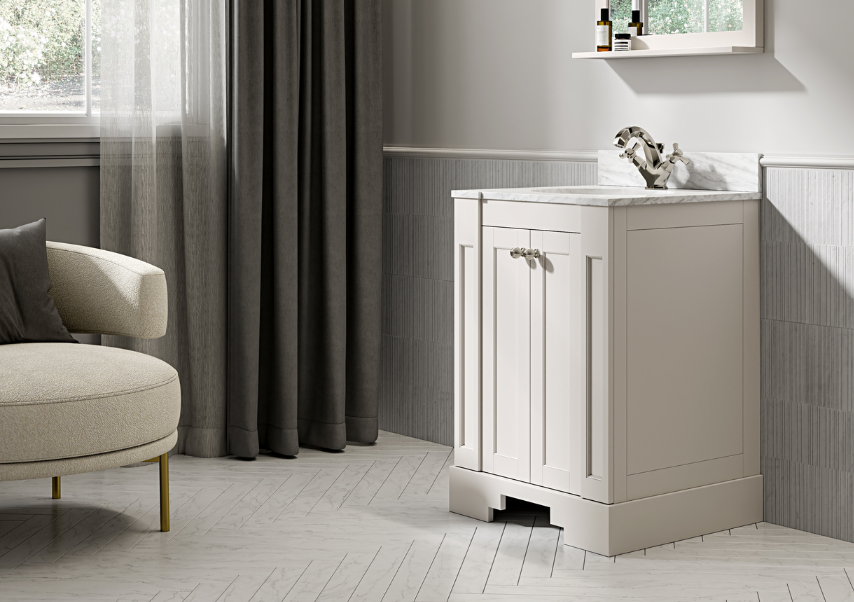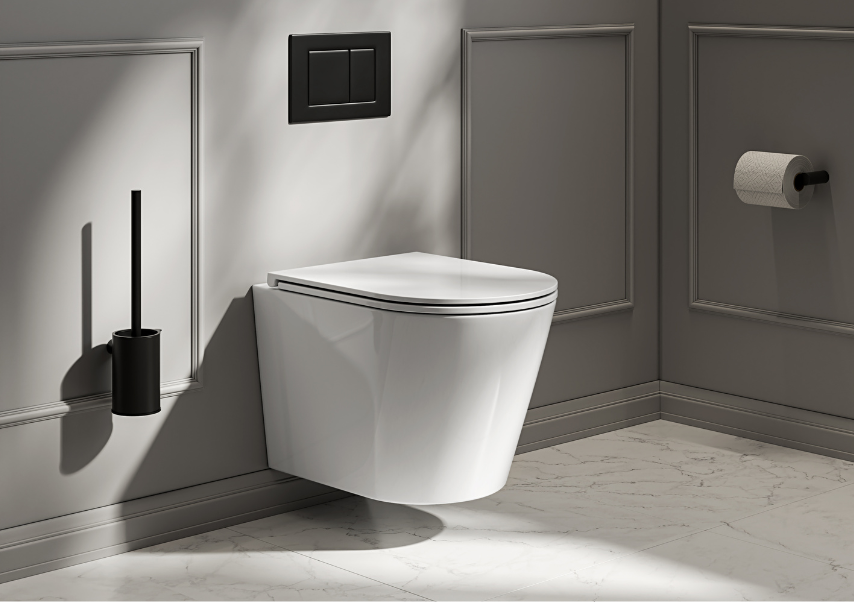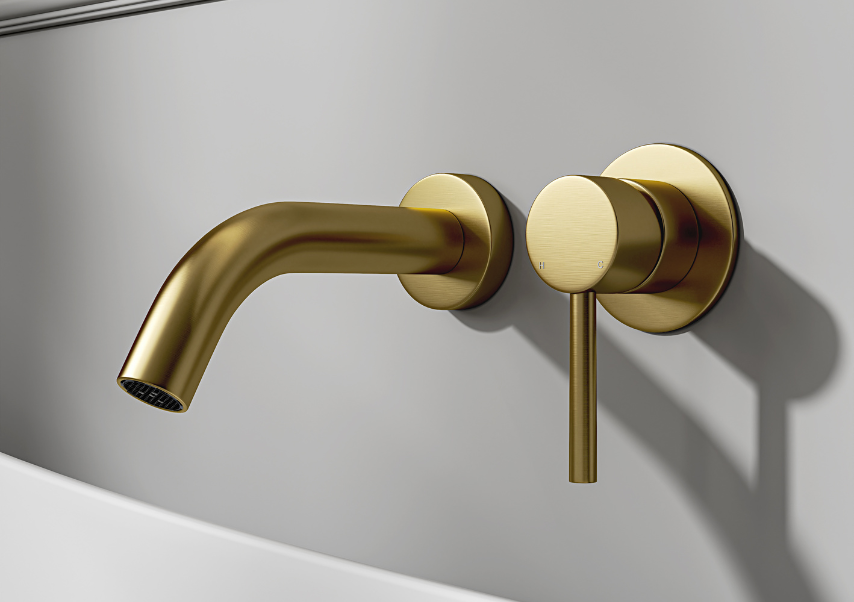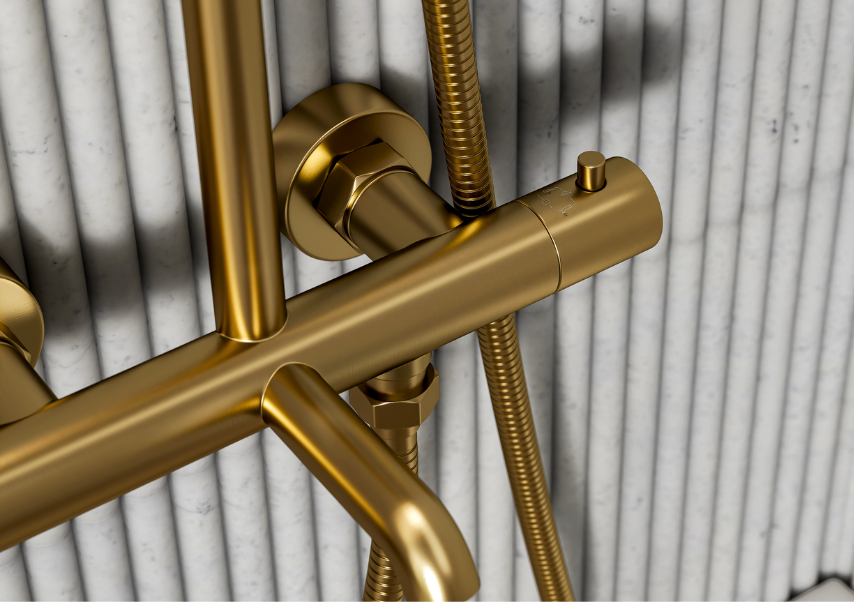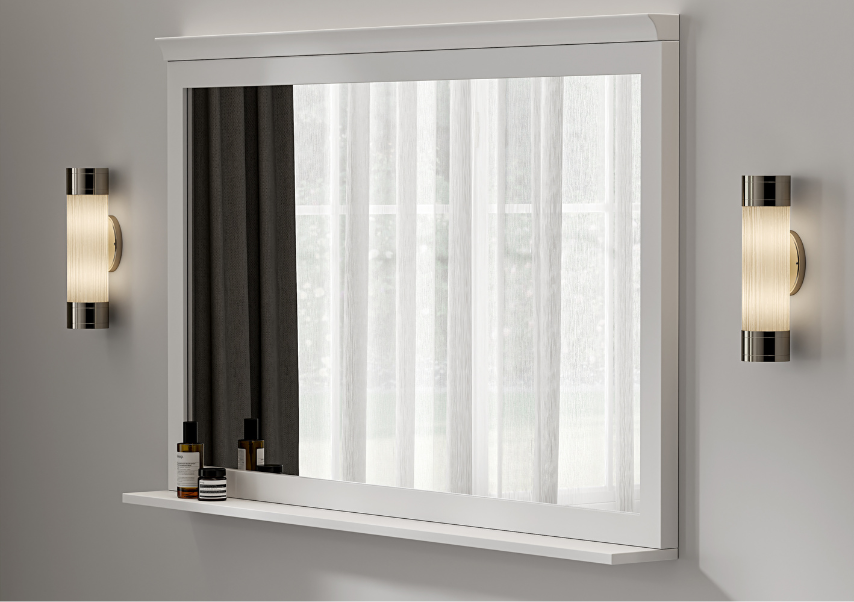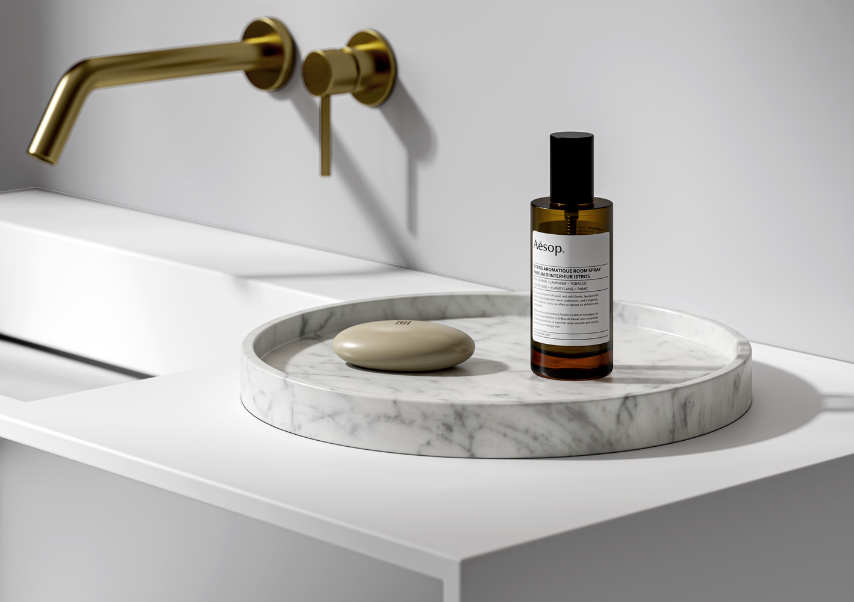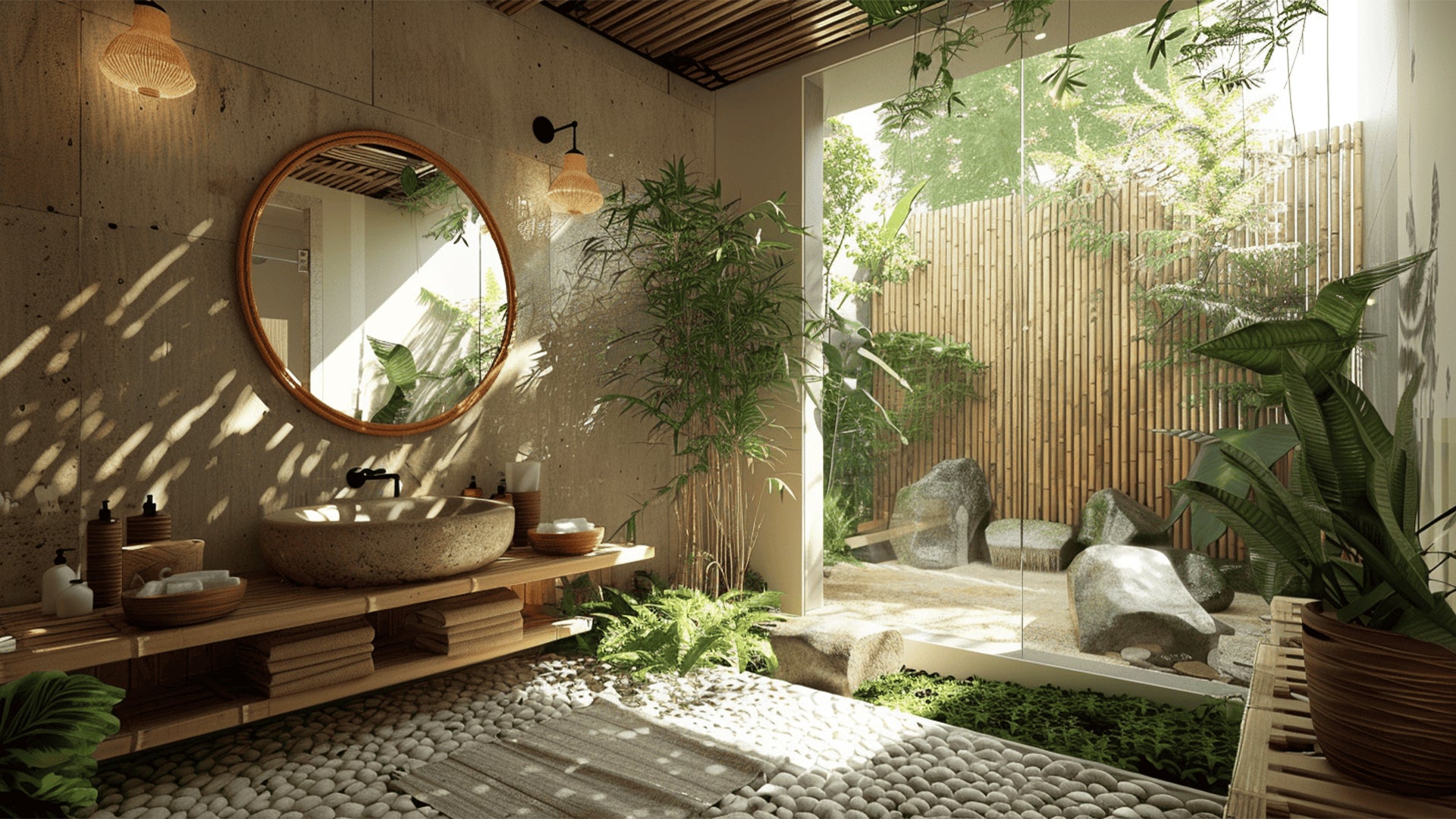
The Intersection of Sustainability and Sophistication in Home Design
Modern home design increasingly embraces the synergy between sustainability and sophistication, reflecting an ethos of environmental responsibility without compromising on elegance. This harmonious blend manifests in the selection of materials, aesthetic sensibilities, and functional elements, resulting in spaces that are as eco-conscious as they are refined.

Sustainable Materials: The Foundation of Eco-Luxury
Material choice lies at the heart of sustainable design. Opting for reclaimed timber, recycled metals, or ethically sourced stone not only minimises environmental impact but also lends a distinct character to interiors. For example, reclaimed oak flooring not only contributes to sustainability but also imbues spaces with a sense of heritage, pairing beautifully with contemporary accents.
Energy Efficiency: Functionality Meets Environmental Stewardship
Energy-efficient systems are a cornerstone of sustainable design. Solar panels, ground-source heating, and smart home technologies reduce energy consumption while enhancing functionality. A home equipped with solar panels, for instance, can generate renewable energy, while smart thermostats optimise heating and cooling, balancing comfort with environmental care.
Water Conservation: Stylish and Resourceful Solutions
Water conservation is another critical component of eco-friendly design. Low-flow taps, dual-flush toilets, and rainwater harvesting systems offer practical solutions that do not detract from luxury. For instance, a sleek low-flow showerhead, designed to maintain water pressure, conserves this valuable resource while blending seamlessly into a modern bathroom.
Indoor Air Quality: A Healthy Living Environment
Ensuring optimal indoor air quality is essential for well-being. Choosing non-toxic paints, low-VOC finishes, and sustainably manufactured materials creates a healthier atmosphere within the home. Enhanced ventilation systems, such as energy recovery ventilators, also contribute to fresher air while retaining energy efficiency.
Biophilic Design: Embracing Nature Indoors
Biophilic design focuses on integrating natural elements into living spaces, fostering a sense of connection with the outdoors. Large windows that invite natural light, verdant indoor plants, and organic textures create calming, rejuvenating interiors. Imagine an airy room with floor-to-ceiling windows overlooking a landscaped English garden, softened by the presence of cascading greenery indoors.
By seamlessly blending sustainable practices with timeless design, homeowners can create spaces that celebrate environmental consciousness while maintaining a sense of elegance and luxury.
